Karachi's road network is a complex system connecting commercial hubs and residential areas, serving as a vital transport gateway to Pakistan. University Road access faces challenges due to dense population and urbanization, causing heavy traffic during peak hours. Solutions include improved road planning, better public transit systems, pedestrian-friendly environments, technological interventions like smart traffic management, carpooling apps, and collaboration with local authorities for comprehensive transportation plans. Karachi's future university road access requires innovative solutions to accommodate expanding student bodies and contribute to the city's environmental health.
Karachi, Pakistan’s bustling metropolis, faces a critical challenge in its road infrastructure, particularly regarding access to universities. This article explores the intricate web of Karachi’s road network and its impact on students’ daily commutes. We delve into the challenges faced, from traffic congestion to inadequate signage, affecting university roads. Furthermore, it offers strategic insights into enhancing connectivity, focusing on sustainable solutions. Finally, it glimpses into the potential future of improved university road access in Karachi, aiming to benefit both students and the city’s overall mobility.
- Understanding Karachi's Road Network
- Challenges in University Road Access
- Strategies for Improving Connectivity
- The Future of University Road Access in Karachi
Understanding Karachi's Road Network
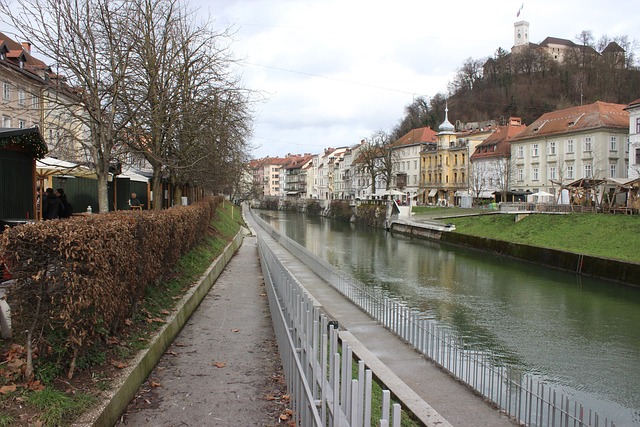
Karachi, as Pakistan’s economic powerhouse, boasts a complex road network that is integral to its bustling metropolis. Understanding this intricate system is key to navigating the city effectively. The roads of Karachi are a symphony of major highways, arterial routes, and local lanes, each playing a unique role in facilitating traffic flow. Major thoroughfares like the M.A. Jinnah Road and I.I. Chundrigar Road serve as the city’s spine, connecting important commercial hubs and residential areas. These arteries are complemented by a web of supporting roads that ensure seamless connectivity across different neighborhoods.
In terms of accessibility, Karachi’s road network is designed to cater to diverse transportation needs. The city’s strategic location also means it serves as a gateway to various regions, with national highways linking Karachi to the rest of the country. This interconnectedness not only supports local mobility but also enables efficient logistics and travel within the broader region, making Karachi a vibrant and integral part of Pakistan’s transport infrastructure.
Challenges in University Road Access

University Road access in Karachi presents several unique challenges, particularly during peak hours. The city’s dense population and rapid urbanization have led to significant traffic congestion, making navigation difficult for students, faculty, and staff. The narrow roads, inadequate signage, and limited parking spaces further exacerbate these issues, especially around major academic institutions.
Additionally, the lack of dedicated pedestrian walkways and poorly maintained infrastructure contribute to safety concerns. In terms of public transport, while buses and rickshaws are common modes of transportation, their irregular schedules and overcrowded conditions fail to cater to the substantial student population. This situation demands innovative solutions, such as improved road planning, better public transit systems, and increased focus on pedestrian-friendly environments, to ensure smooth access and enhance the overall experience for those associated with Karachi’s educational institutions.
Strategies for Improving Connectivity
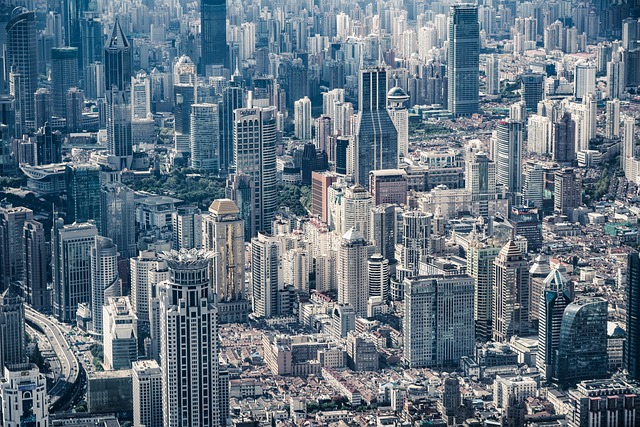
In Karachi, improving university road access involves a multi-faceted approach. One key strategy is to optimize existing infrastructure by enhancing signal lights and road markings, especially at intersections frequently used by students commuting to and from universities. This can significantly reduce congestion during peak hours. Additionally, promoting public transportation, like buses and metro trains, with dedicated lanes for educational institutions can offer efficient and cost-effective alternatives for students.
Technological interventions, such as implementing smart traffic management systems, can help monitor and regulate traffic flow in real time. These systems can adapt signal timings based on current road conditions, prioritizing university-bound traffic during specific periods. Encouraging carpooling and ride-sharing apps among students is another innovative solution that could alleviate traffic pressure. Collaborating with local authorities to develop comprehensive transportation plans that prioritize student mobility will be crucial for sustainable improvements in Karachi’s university road access.
The Future of University Road Access in Karachi
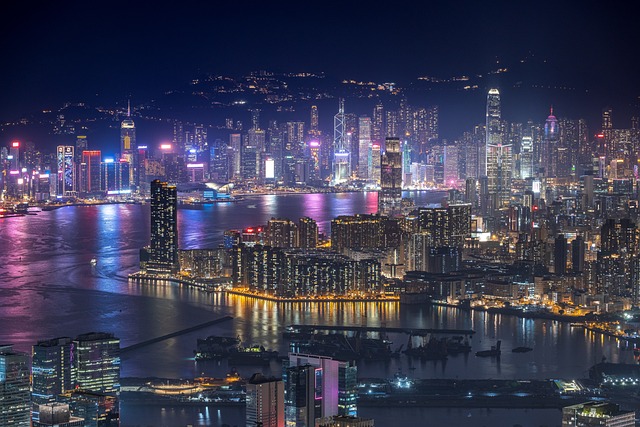
The future of university road access in Karachi, Pakistan’s bustling metropolis, is an intriguing prospect. With the city’s rapid growth and urbanization, the demand for efficient transportation networks has never been higher. Karachi, known for its vibrant academic institutions, faces the challenge of accommodating expanding student bodies and facilitating easy access to these educational hubs.
The traditional methods of road access may not be sufficient to meet the demands of the future. Therefore, innovative solutions are necessary. Implementing smart traffic management systems, promoting public transportation, and encouraging the use of electric vehicles could significantly enhance road accessibility. By embracing modern technologies and sustainable practices, Karachi can evolve into a model city for efficient university road access, ensuring a smoother commute for students and visitors alike while also contributing to the overall environmental health of the metropolis.
Karachi’s University Road access presents complex challenges, but with strategic interventions, the city can achieve enhanced connectivity. By leveraging technology for smarter traffic management and infrastructure development, the future looks promising for smoother travel in Karachi. Implementing the discussed strategies will not only improve accessibility but also contribute to the overall urban mobility and economic growth of this vibrant metropolis.


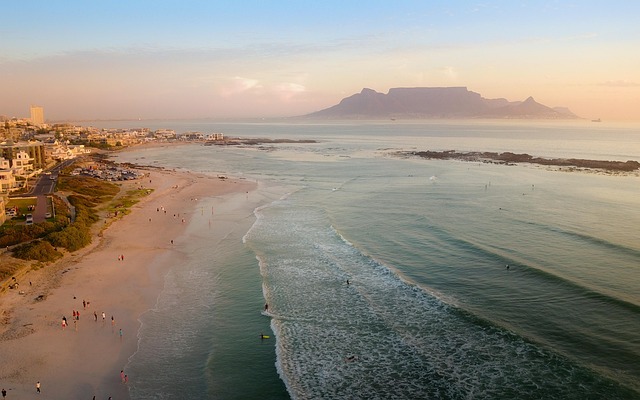
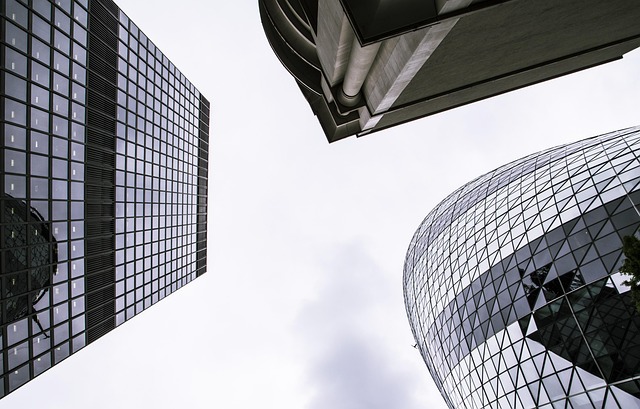



Leave a Reply